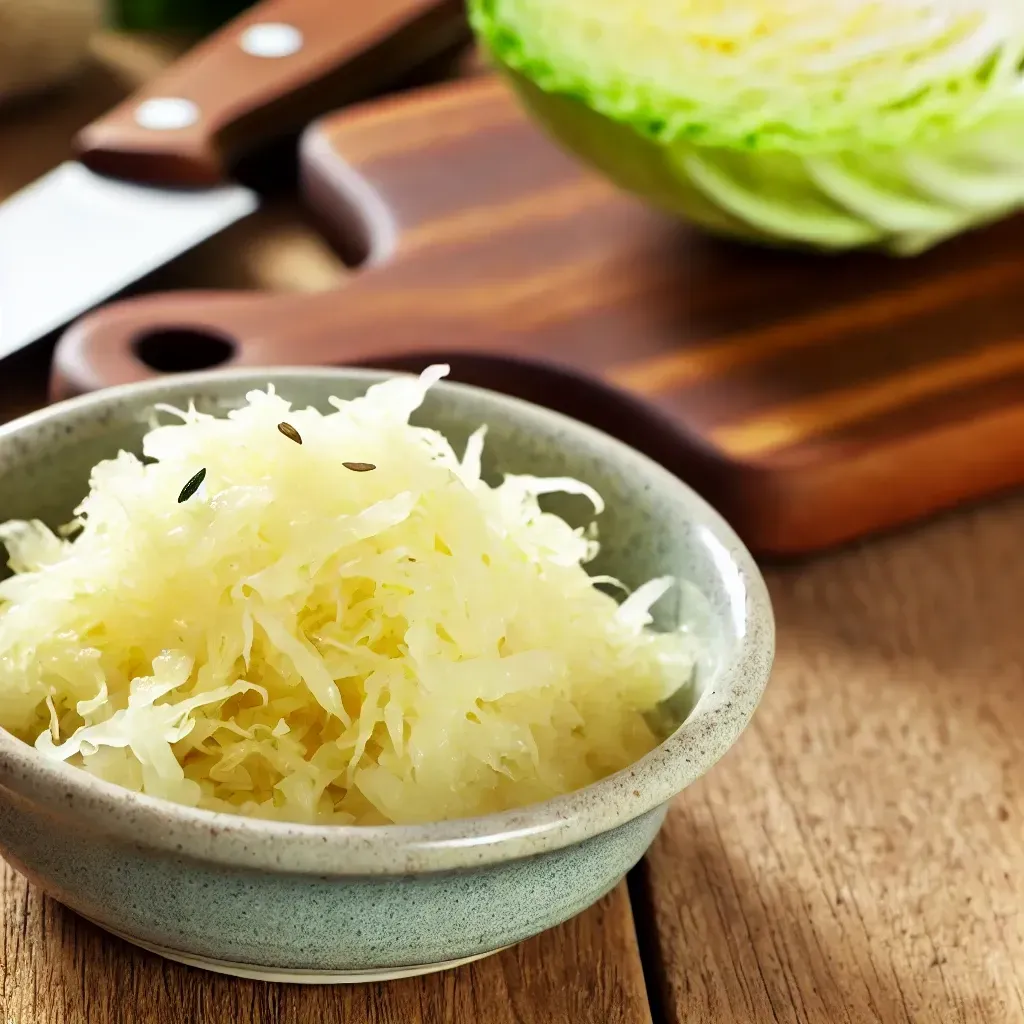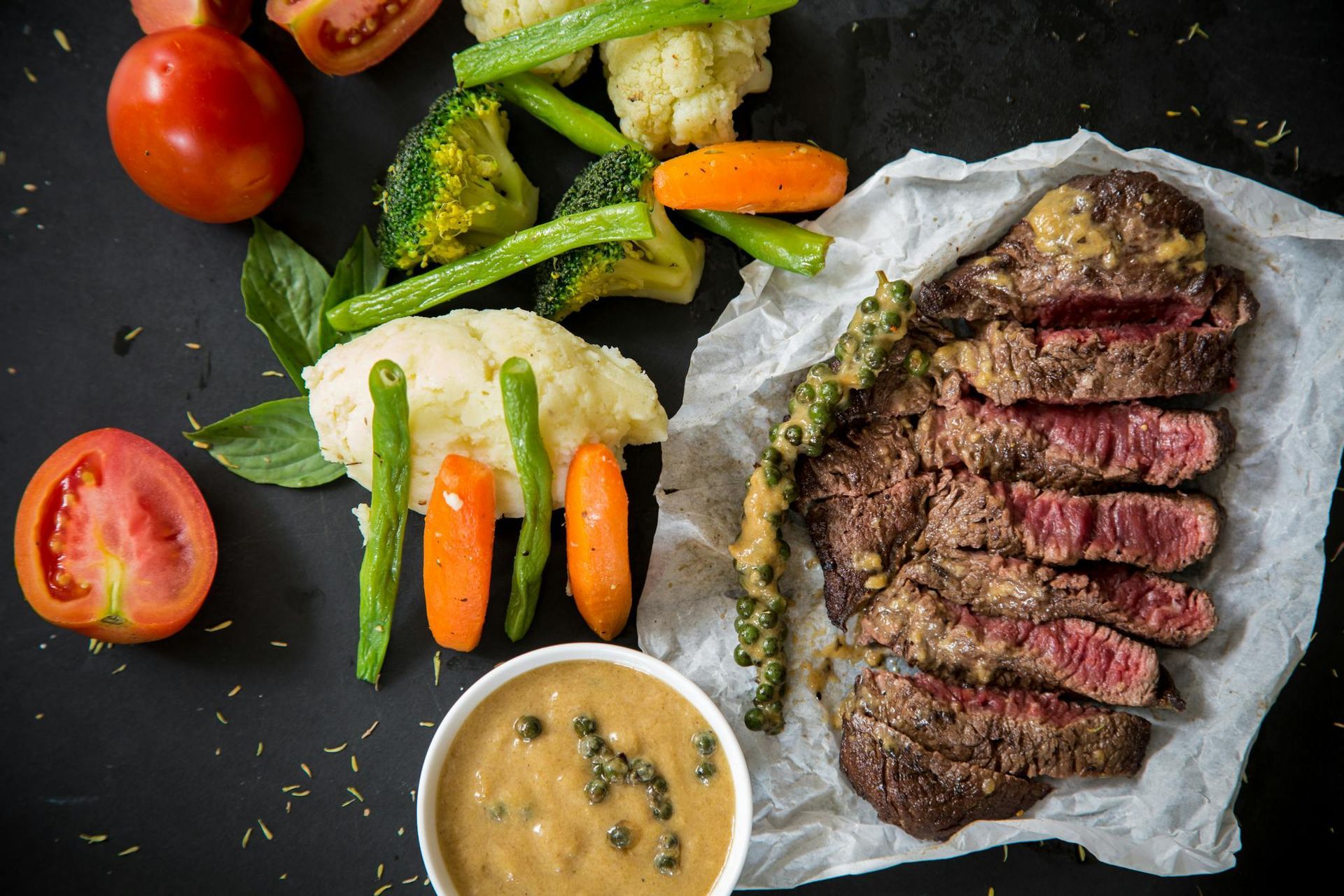Gluten and Your Thyroid
Do you have Hypothyroid, Hyperthyroid, Hashimoto's or Grave's Autoimmune?
Thyroid disorders are extremely common. In fact, one in eight women will develop a thyroid disorder at some point in her life.
Most women will spend money and time to try pills, diets, and lifestyle programs to boost her energy, clear her foggy mind, and lose weight. The problem is that most of these women won’t know that her problem isn’t with her energy or mind or body weight.
The problem is with her thyroid!
We could repeat that whole first paragraph only replace “thyroid disorder” with “gluten intolerance.”
Just as thyroid disorders are on the rise and becoming more common, so is gluten intolerance and allergies.
Dr. Kenneth Fine, a pioneer in the field of studying gluten, has found that up to 35% of Americans are gluten intolerant. In fact, the conclusion of one of his studies would suggest that 1 in 3 Americans are gluten intolerant and 8 in 10 Americans are genetically predisposed to gluten intolerance.
The Gluten-Thyroid Connection
Although there are many bio-individualized steps a person might take with a trained practitioner to help a thyroid disorder, going gluten free is the most important and essential to treating any thyroid concern. With a rise in thyroid disorders and a rise in gluten intolerance, it’s important to make a key connection between the two.
Gluten is a structural protein found in many grains (plus more now!) and gives bread it’s shape. It acts like a kind of glue, holding the food together, giving bread dough that elasticity stretch, and creating the light airy texture in your sandwich bread. It’s most commonly found in wheat, barley and rye, but is now being found in some sneaky places like frying oils, seasoning blends, and grain based sweeteners like malt or corn syrup. The more we process our foods the more we find gluten in unsuspecting places.
It might feel like it’s not a big deal to eat a few croutons with your salad. Afterall, you’re not getting a LOT of gluten. So what’s the big deal with gluten and how does it impact the thyroid?
The short answer is: It’s a BIG deal and it impacts your thyroid DIRECTLY.
Here’s the gluten-thyroid secret: Gluten proteins mimic the structure of the thyroid gland.
The molecular structure of gliadin, the protein portion of gluten, mimics the thyroid gland. When gliadin crosses the gut barrier and enters the bloodstream the immune system tags it for destruction. The antibodies triggered because of the gliadin also cause the body to attack the thyroid tissue. This can cause a massive autoimmune flair.
Worse yet, the immune response to gliadin can last for up to 6 months. That means the consequences of the cookie you ate last Christmas could stick with you until the summer. It also means that if you go gluten free, you might not feel the full affect for equally this long.
That is why it is essential that those with a thyroid disorder cut out gluten completely. There is not “mostly gluten free.” Gluten free must be a choice for every meal, snack, and treat 24/7/365.
If you are gluten intolerant you must be 100% gluten free to protect your thyroid from a provoked autoimmune response.
Have you accidently consume gluten, I've got you covered, go here.
You might have been tested for gluten intolerance, but my suggestion to all my clients is to go gluten-free no matter what test you have taken. Testing isn’t very reliable and for many people’s systems, they are so worn out that their body may no longer produce enough antibodies to gluten to be detectable on a lab. This can happen especially with a thyroid condition called Hashimotos where the immune system can become so depressed that it no longer produces the antibodies it needs. In that case, you may get a false negative even though your body truly is intolerant.
That’s why I urge all my clients with thyroid conditions to go gluten-free.
Gluten-free isn’t alway easy, but it is 100% worth it. Gluten not only inhibits nutrient absorption and damages our intestinal lining, but it can also activate a potentially destructive autoimmune response. It’s simply not worth the risk.
I suffer with my own thyroid autoimmune and I know what it feels like to be fatigued, unable to lose weight, feel cold, frustrated and disillusioned with all of the conflicting advice out there. I've helped many many women and men overcome these health challenges.
If you think you have a thyroid disorder, let me know by booking a FREE Health Discovery Session where we can talk more about your concerns and strategize on how to overcome your symptoms.
I’ll tell you a secret…
cutting out gluten is like getting a jump start on your health goals. It will dramatically improve your health before we even get started on your healing plan.
You can’t cut gluten out soon enough!
Don't Miss Out On More!

Heidi Toy FNTP
I help people all over the world heal by identifying and treating the root cause of their body imbalances. Through diet and nutrition, I guide them towards wholeness and balanced lives.
Heidi Toy Functional Medicine Blog














































































































